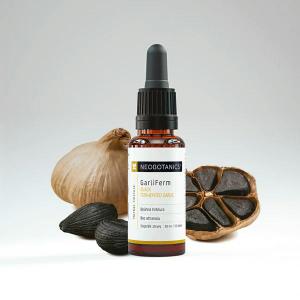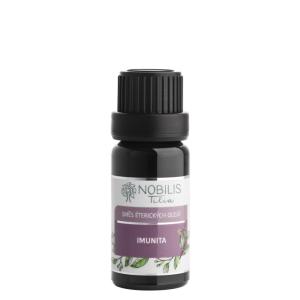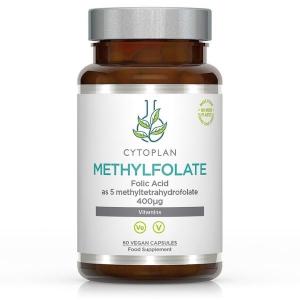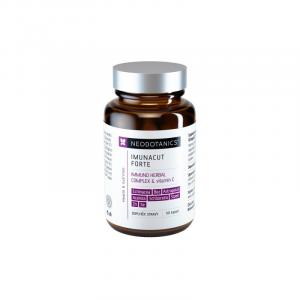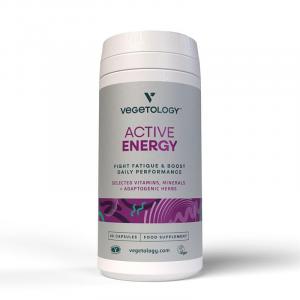
How to Properly Respond to a Fever of 39 in Children Without Panicking
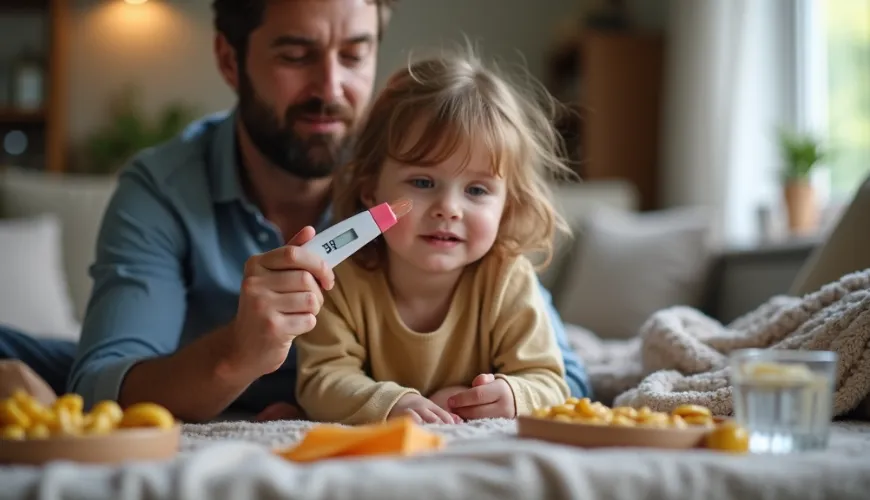
What to Do When a Child Has a Fever of 39 °C?
A fever in children is often a source of great concern. Particularly when the thermometer reads 39 °C or higher, parents often panic. It's understandable—high temperature is often perceived as a sign of a serious illness. But what if the child otherwise appears relatively fine? And when is it time to see a doctor?
On internet forums and in discussions, parents often seek the answer to the question: “What to do with a 39 °C fever in children?" While some recommend home treatment and rest, others advise calling emergency services immediately. How to know what's right?
Fever as a Natural Defense Mechanism
Fever itself is not an illness but a symptom that the body is fighting an infection—most commonly of viral or bacterial origin. In children, the immune system is still developing, and therefore often reacts more vigorously to infections than in adults.
Try our natural products
The body temperature under normal conditions is maintained around 36.5–37.5 °C. However, when an infection occurs, the body raises the temperature because higher temperature slows down the multiplication of viruses and bacteria. Only from the threshold of 38 °C do we speak of a fever. And if a child reaches a temperature of 39 °C, the situation requires attention, although it may not yet be a cause for alarm.
When the Thermometer Reads 39 °C
Not every fever is equally dangerous. It is crucial to monitor the overall condition of the child, their behavior, drinking regime, and response to medication. If the child has a high temperature but otherwise plays, responds to stimuli, drinks fluids, and does not vomit, the situation is usually not acute.
Conversely, if the child appears lethargic, is sluggish, refuses to drink, has rapid breathing, or sleeps unusually, it is advisable to contact a doctor. Infants under three months are a high-risk group—in their case, any temperature above 38 °C should always be addressed with a pediatrician.
Parents often ask on forums: “What to do with a 39 °C fever in children? Discussions say everything possible—from wraps to antibiotics. How to navigate this?" The answer is simple yet complex: it depends on the circumstances. But there are several universal tips that can help.
How to Proceed with High Fever in Children
The most important thing is to ensure rest, plenty of fluids, and monitor changes in condition for children with fever. However, some practical steps can significantly help parents:
- Reduce the fever if the child is uncomfortable. It's not about the number on the thermometer, but how the child handles the fever. If they are tired, crying, sleepless, or sweaty and feel hot to the touch, it's time to intervene.
- Use appropriate fever-reducing medications. For children, paracetamol or ibuprofen is most commonly recommended, always in the correct dosage according to the child's weight. Never give aspirin—it can cause serious complications in children.
- Ensure adequate hydration. Fever increases fluid loss through sweat and rapid breathing. Offer the child water, tea, or rehydration solutions by the teaspoon if they do not want to drink large amounts.
- Avoid wraps if the child dislikes them. Some children do not tolerate wraps or lukewarm baths, and stress from them can worsen the situation. Light clothing and a well-ventilated room are better.
A useful example is the situation of a mother of a two-year-old boy who shared her experience on a well-known parenting forum. Her son had a temperature of 39.2 °C in the evening but otherwise played, ate, and was active. Instead of visiting the emergency room, she chose to administer ibuprofen, offered him tea with honey, and within two hours the temperature dropped to 38 °C. He was fine by morning. She contacted a doctor later when the temperature recurred on the third day.
When Is It Necessary to Seek Medical Help?
Sometimes it's simply necessary not to wait and call a doctor, even if the fever in the child does not seem dramatic. You should be alert if a baby under three months has a temperature above 38 °C, if the fever lasts more than three days without improvement, or if the child has difficulty breathing, is vomiting, refuses to drink, or urinates less. You should also be concerned about rashes, seizures, unusual behavior, or slowed reactions—essentially when something visibly changes in the child.
Pediatricians often emphasize that fever itself is not a reason to panic, but its progression and accompanying symptoms can signal a more serious illness. If unsure, it's not a shame to call a doctor or use children's emergency services.
Parental Discussions
Browsing through parenting forums reveals a wide range of advice from experienced mothers and uncertain newcomers. Sharing experiences plays a key role—but it's important to be cautious here.
For example, recommendations for natural supplements or herbs often appear. In some cases, they can be helpful, but it's always necessary to remember that caution is required with children, especially those under three years old. Not everything that helps adults is suitable for children.
Simple tricks, which parents swear by, are especially effective—regular ventilation ensures fresh air, light and breathable clothing helps children endure heat, chilled drinks or fruit snacks work great, and of course, peace and plenty of sleep without unnecessary disturbances are essential.
One mother described how her daughter refused syrup for fever, so she administered it using a syringe from the pharmacy, in small doses and with breaks. The child eventually managed the medication without crying. Such simple hacks often help more than advice like “give her ginger broth.”
When Not to Intervene Immediately
There are also times when it's not necessary to lower the fever right away. If the child is otherwise fine, drinking, playing, and only has a high temperature around 38–39 °C, it may be beneficial not to lower the temperature and let the body fight. As summarized by pediatrician MUDr. Eva Fišerová: “We don't need to extinguish every fever. If the child handles the temperature well, we give room for immunity.”
Parents in discussions often share concerns: what if they overlook a serious problem? The answer is that parental intuition is often strong. If something seems wrong, it's safest to consult a professional. But there's no need to collapse every time the mercury rises above 38.
In the internet age, it's easy to fall into an overload of information and sometimes even panic. But with a bit of perspective, observing the child, and common sense, most cases can be managed at home—with calm, care, and possibly the help of verified advice from discussions that are not hysterical but based on experience and respect for the child's body.
A fever of 39 °C in children does not necessarily mean danger, but it is a signal that the body is working. Our role as parents is to provide the best possible conditions for it.
